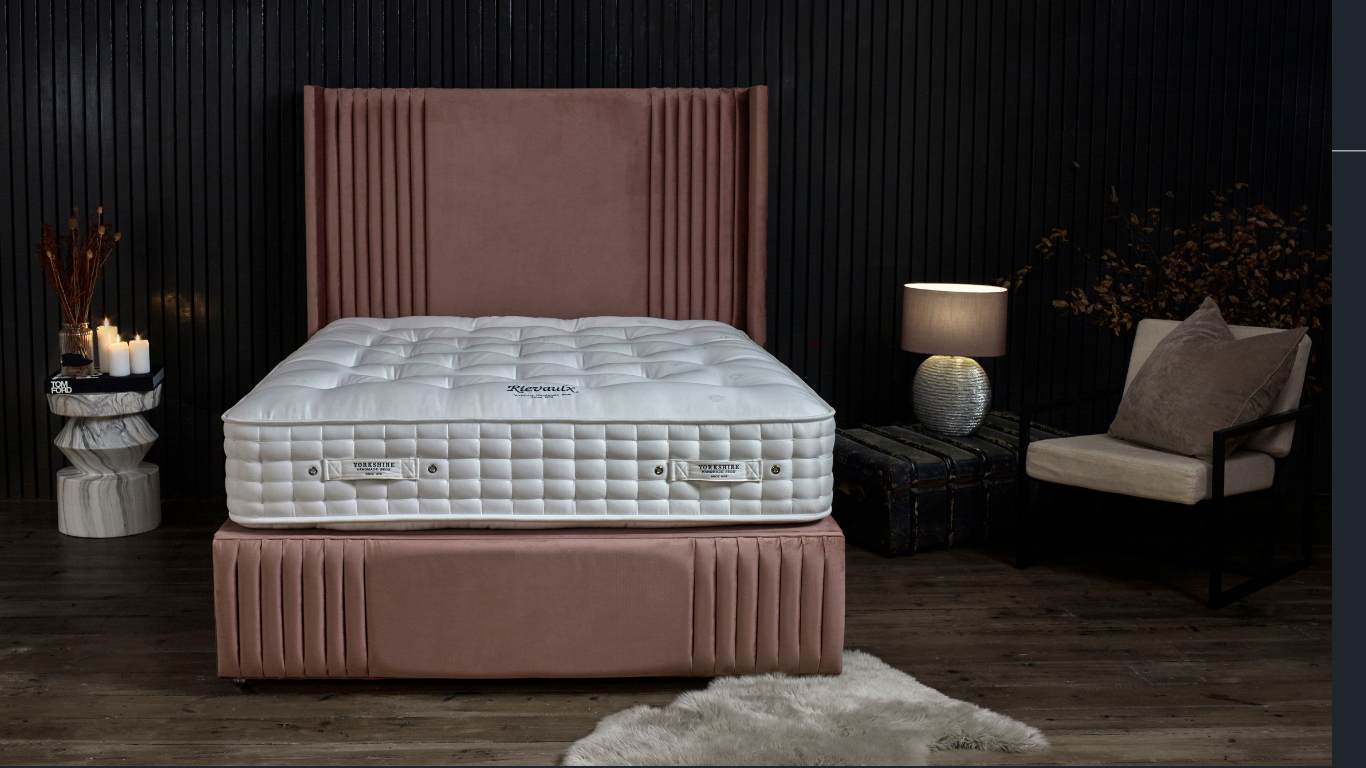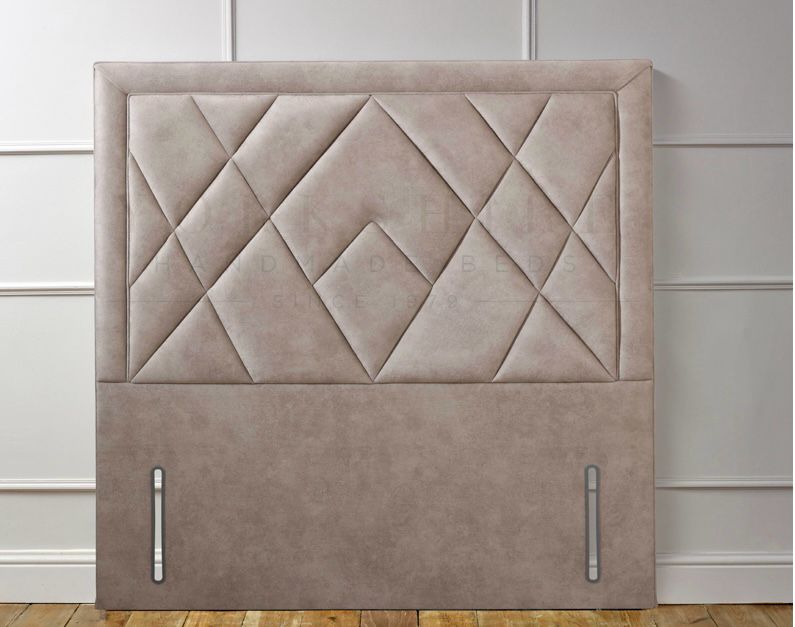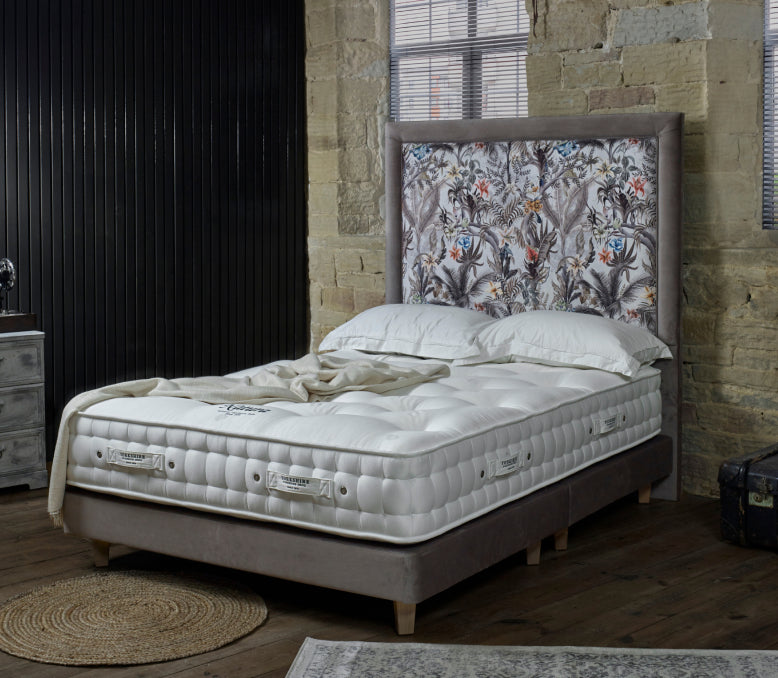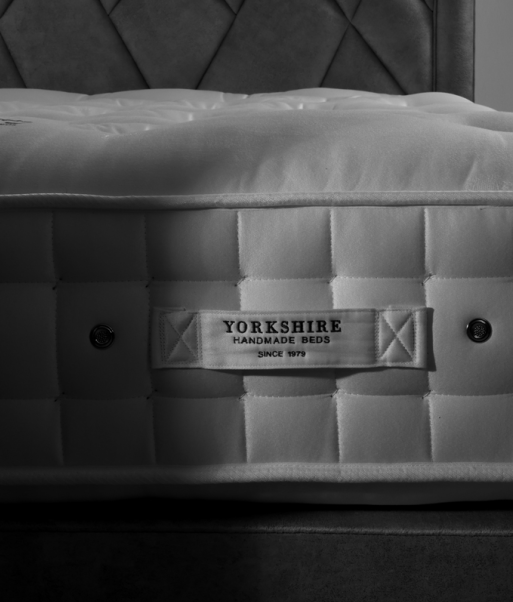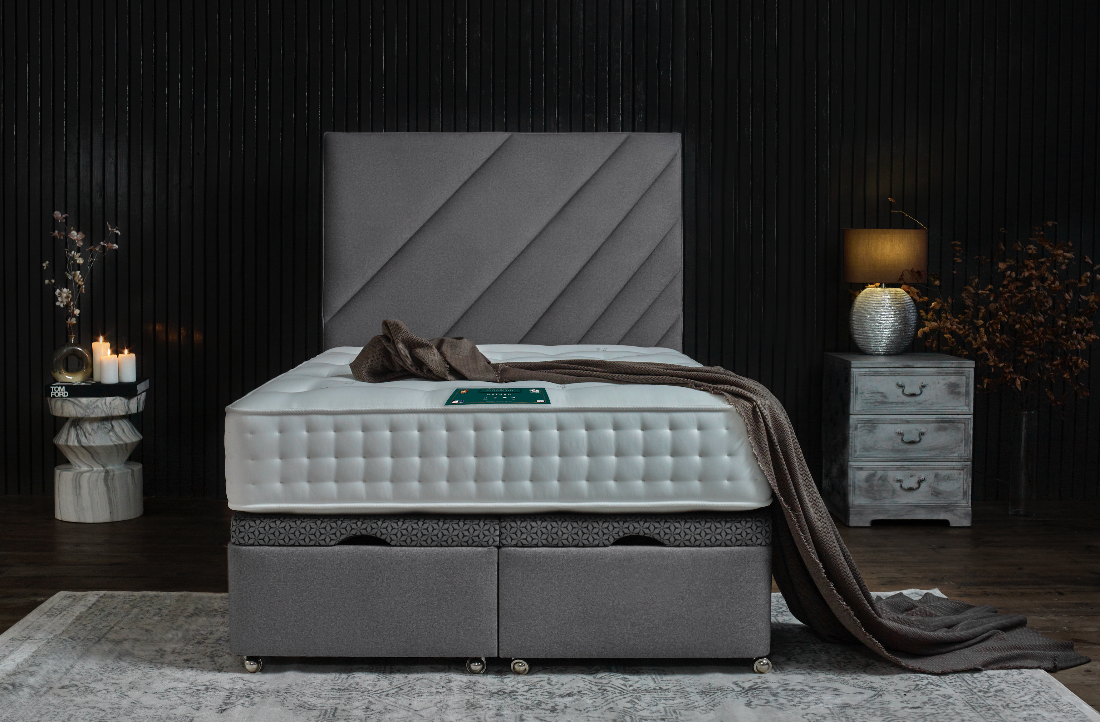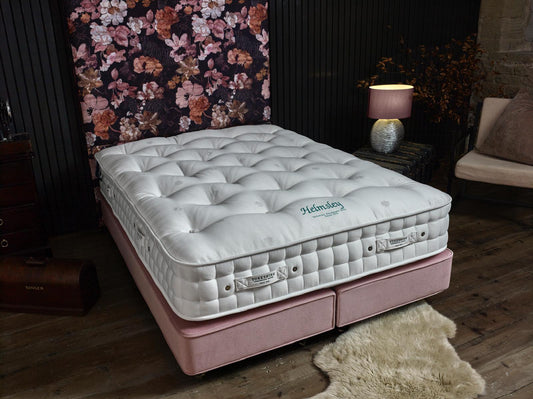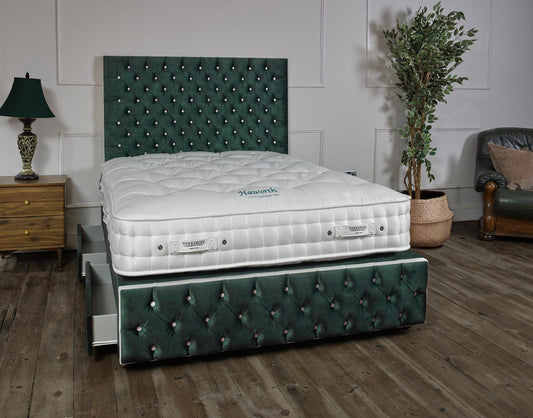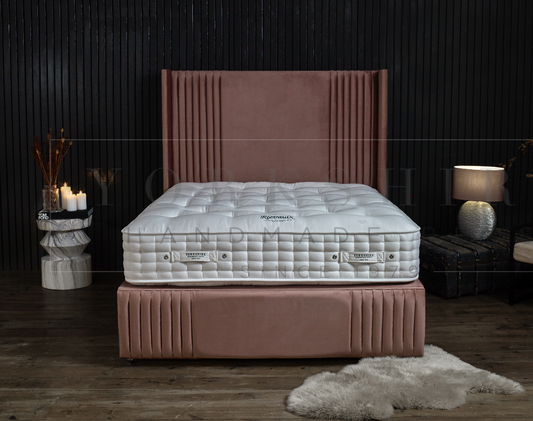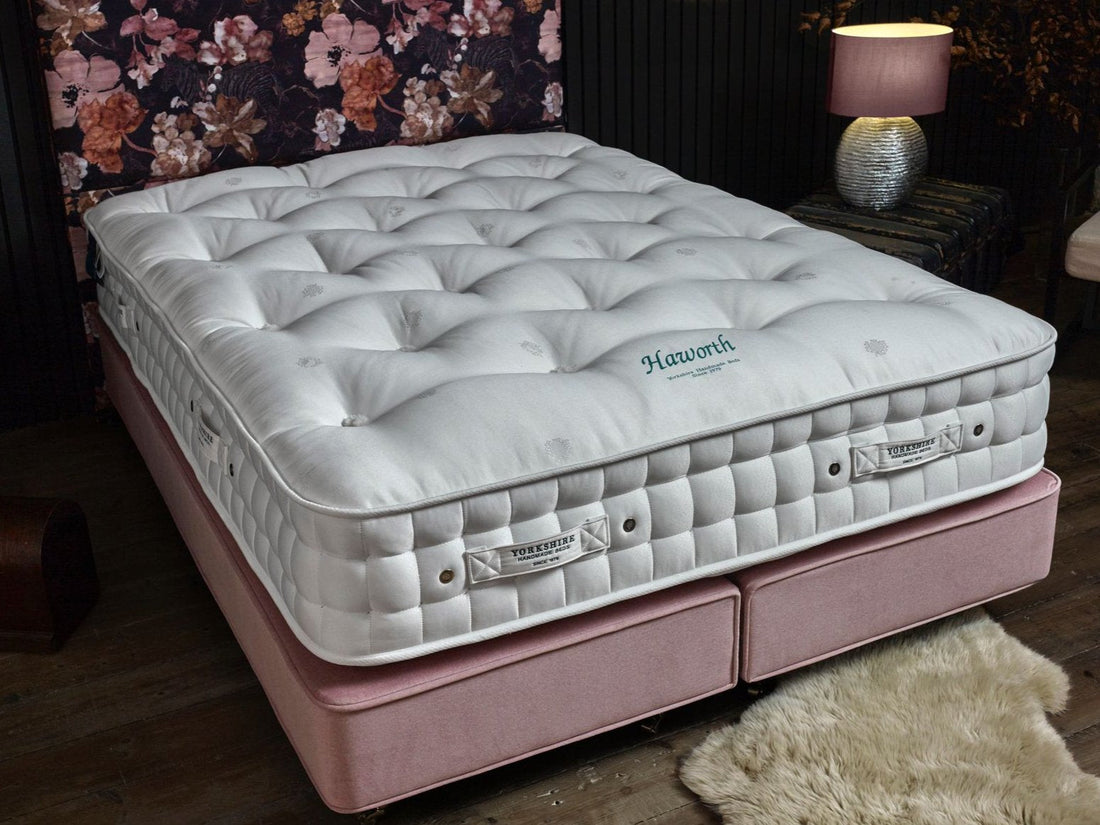
How Often Should You Change a Mattress?
Share
A good mattress is more than just a piece of furniture; it’s the foundation of quality sleep and overall well-being. However, like most things, mattresses have a limited lifespan. So, how often should you replace your mattress? Let’s explore the factors that determine when it’s time to invest in a new one and why it’s essential for your health and comfort.
The General Rule of Thumb
Most sleep experts and mattress manufacturers recommend replacing your mattress every 7 to 10 years. However, this timeline can vary depending on the type of mattress, the materials used, and how well it has been maintained. Here’s a quick guide based on mattress types:
Innerspring Mattresses: Typically last 7 to 8 years. Over time, the coils can lose their tension, leading to sagging and reduced support.
Memory Foam Mattresses: Can last 8 to 10 years, depending on the density and quality of the foam. Higher-density foam tends to be more durable.
Latex Mattresses: Known for their longevity, they can last 10 to 12 years or more. Natural latex mattresses often outlast synthetic ones.
Hybrid Mattresses: A combination of pocket springs and foam or latex, these usually last around 7 to 10 years.
Pillow-Top Mattresses: The soft top layer may compress over time, reducing its lifespan to about 5 to 7 years.
Signs It’s Time to Replace Your Mattress
Even if your mattress hasn’t reached the end of its recommended lifespan, there are clear signs that it may no longer provide the support and comfort you need:
Visible Sagging or Lumps: If your mattress has noticeable dips or uneven areas, it’s a sign that the support system has deteriorated.
Waking Up Achy: Regularly waking up with back, neck, or joint pain could mean your mattress isn’t providing adequate support.
Increased Allergies or Asthma Symptoms: Over time, mattresses can accumulate dust mites, mould, and allergens, which may affect your health.
Noisy Springs: If your innerspring mattress creaks or squeaks, the coils may be wearing out.
Trouble Sleeping: If you’re tossing and turning more than usual or find it difficult to get comfortable, your mattress could be the culprit.
Factors That Affect Mattress Longevity
Several factors can influence how long your mattress lasts:
Usage: A mattress used nightly will wear out faster than one in a guest bedroom.
Weight Distribution: Heavier individuals may notice sagging or wear more quickly.
Maintenance: Regularly rotating your mattress (if recommended by the manufacturer) and using a mattress protector can extend its life.
Material Quality: Higher-quality materials tend to last longer and maintain their comfort and support.
Tips to Extend the Life of Your Mattress
To get the most out of your mattress, follow these simple maintenance tips:
Use a Mattress Protector: Protect against spills, stains, and allergens with a waterproof and breathable mattress protector.
Rotate Regularly: Rotate your mattress head-to-foot every 3 to 6 months to ensure even wear. Some mattresses, such as memory foam or hybrid models, may also need flipping, but check the manufacturer’s guidance.
Keep It Clean: Vacuum your mattress periodically to remove dust and debris. Spot-clean stains promptly with mild soap and water.
Support It Properly: Ensure your mattress is placed on a sturdy foundation or bed frame. An improper base can cause premature sagging.
Avoid Jumping: Excessive weight or force can damage the internal structure of the mattress.
Why Replacing Your Mattress Is Important
Investing in a new mattress when needed is crucial for both comfort and health. An old mattress can:
Compromise Sleep Quality: Lack of support or discomfort can disrupt your sleep, affecting your energy levels and mood.
Aggravate Allergies: Dust mites and allergens in older mattresses can exacerbate respiratory issues.
Cause Physical Discomfort: Worn-out mattresses often fail to support proper spinal alignment, leading to aches and pains.
When to Upgrade Your Mattress
If your mattress is showing signs of wear or impacting your sleep quality, it’s time to start shopping for a replacement. Modern mattresses often come with trial periods, allowing you to test them at home and ensure they meet your needs.
Look for options that suit your sleeping position, body type, and comfort preferences. Whether it’s a pocket sprung mattress, memory foam, or latex, prioritising quality can make all the difference in your sleep and overall well-being.
Our Thoughts
While the general rule is to replace your mattress every 7 to 10 years, paying attention to its condition and your sleep quality is key. A well-maintained mattress is an investment in better sleep, improved health, and daily comfort. Don’t wait for sleepless nights or morning aches—upgrade your mattress when the time is right and enjoy the benefits of restful, rejuvenating sleep.
For more information on how to keep your mattress in better condition for longer, take a look at our mattress after care guide!

